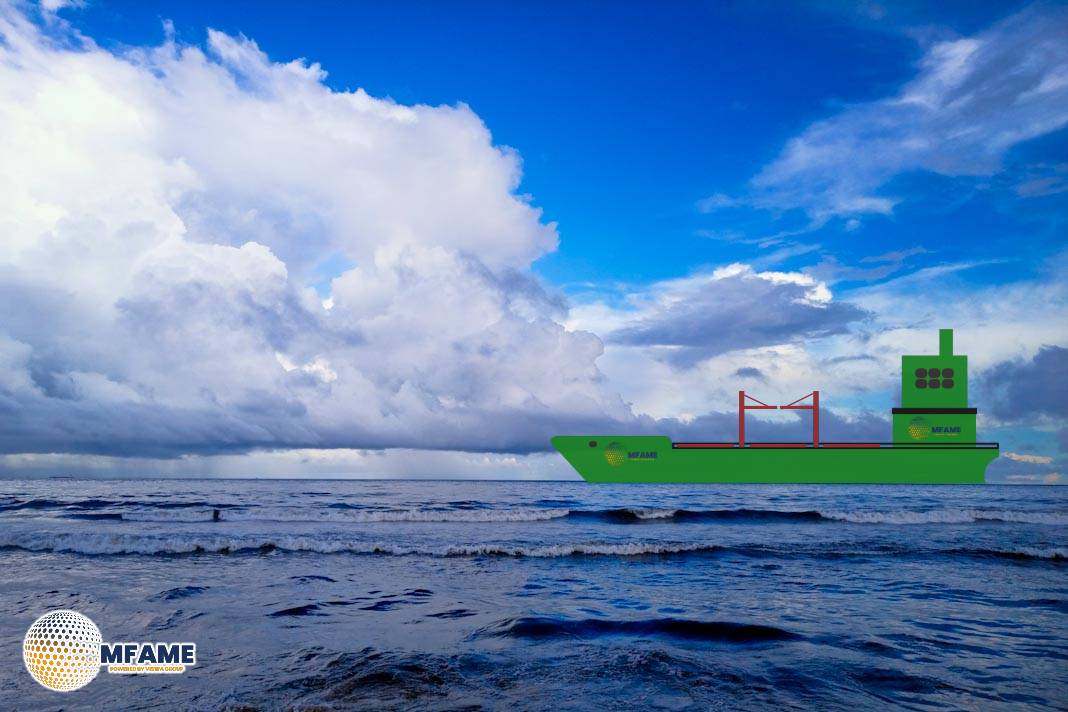Drewry’s latest Cancelled Sailings Tracker, released on 4 July 2025, offers a revealing snapshot of global container shipping capacity management across major East–West trades.
Carriers Pull Back — But Not Out — Amid Rate Volatility
The latest update from the Cancelled Sailings Tracker highlights the continued efforts by carriers to manage capacity across the major East–West trade routes. Between 7 July and 10 August 2025 (covering shipping weeks 28 to 32), a total of 719 sailings were scheduled across the Transpacific, Transatlantic, and Asia–Europe/Mediterranean routes. Of these, 49 sailings have been cancelled, representing a blank sailing rate of 7%.
The Transpacific Eastbound trade accounts for the largest share of cancellations, making up 57% of the total blank sailings during this period. This is followed by the Asia to North Europe and Mediterranean routes, which account for 29% of cancellations, and the Transatlantic Westbound route, which comprises the remaining 14%. Despite these adjustments, service reliability remains strong, with 93% of scheduled sailings still expected to depart on time.
Recent trends show a slight reduction in blank sailings. Cancellations across the East–West routes declined by 1% in June and are forecasted to fall even more sharply—by 54%—in July. This decrease is largely attributed to the Transpacific trade, where carriers appear to be easing back on capacity cuts amid shifting market conditions. The data suggests a softer-than-usual peak season, especially on Transpacific routes where demand has recently cooled.
At the same time, container spot rates are showing signs of volatility. The World Container Index has declined by 6% week-on-week, dropping to \$2,812 per 40-foot container. On the Transpacific route, rates have fallen by 13%, while Asia–Europe and Mediterranean rates have seen a slight decline of 1%. In contrast, Transatlantic rates have experienced a 7% increase, reflecting ongoing regional imbalances in supply and demand.
With the expiration of certain international tariff agreements and trade policies looming, carriers are expected to remain cautious. Many are likely to continue using blank sailings as a flexible tool to stabilize rates and respond to ongoing demand fluctuations. The overall strategy seems to be one of controlled capacity adjustment rather than large-scale service withdrawals, enabling shipping lines to maintain high schedule reliability while managing costs and pricing.
In the weeks ahead, shippers should monitor trade developments closely, particularly on the Transpacific lane, which remains the most actively adjusted. Variability in spot rates and service changes across routes underscores the importance of real-time visibility and agile logistics planning. As the industry navigates a subdued peak season and potential policy shifts, adaptability will be key to maintaining resilient supply chains.
Did you subscribe to our Daily newsletter?
It’s Free! Click here to Subscribe!
Source: Drewry
















